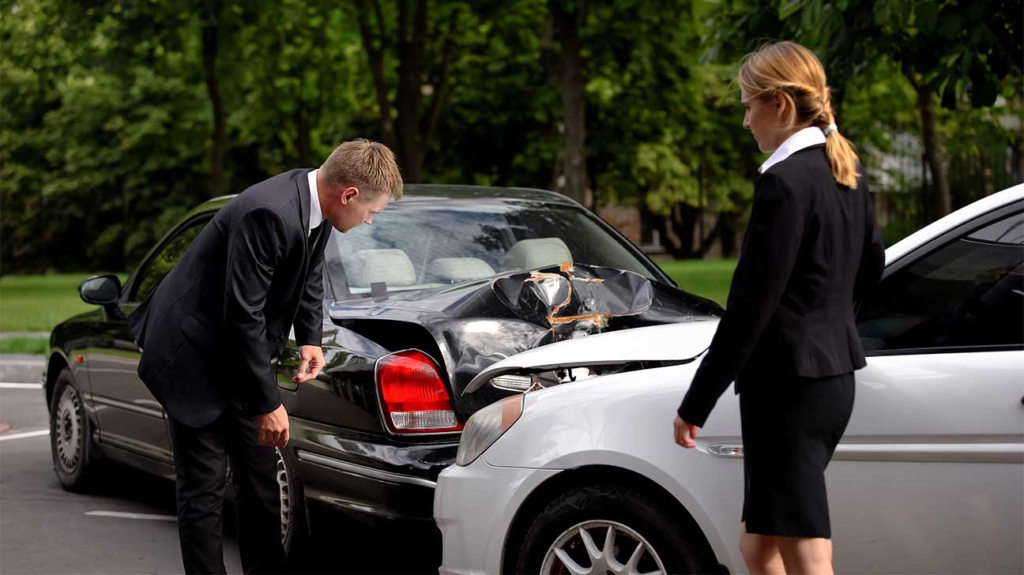Ride-sharing services like Uber have revolutionized urban transportation, offering convenience and affordability. However, with the increasing reliance on these services, incidents involving Uber injuries have also risen. This article explores the common causes of Uber-related injuries, preventive measures, and the legal rights of passengers and drivers involved in such incidents.Common causes of Uber injuries include:
- Car Accidents: The most frequent cause of Uber injuries is car accidents, often due to distracted driving, speeding, or poor road conditions.
- Slip and Fall Incidents: Passengers may slip or fall while entering or exiting the vehicle, especially in adverse weather conditions.
- Assault or Harassment: In rare cases, passengers or drivers may experience assault or harassment during the ride.
- Poor Vehicle Maintenance: Faulty brakes, worn-out tires, or other maintenance issues can lead to accidents.
To prevent Uber injuries, both passengers and drivers can take proactive steps:
- For Passengers: Always verify the driver and vehicle details before boarding. Wear seatbelts and avoid distracting the driver during the ride.
- For Drivers: Follow traffic rules, avoid using mobile phones while driving, and ensure the vehicle is well-maintained.
- For Uber: The company should enforce stricter background checks for drivers and provide regular safety training.

If you or someone you know has been injured in an Uber-related incident, it’s important to understand your legal rights. Here’s what you should do:
- Seek Medical Attention: Prioritize your health and document all medical treatments related to the injury.
- Report the Incident: Notify Uber immediately and file a police report if necessary.
- Gather Evidence: Take photos of the accident scene, collect witness statements, and preserve any relevant documents.
- Consult a Lawyer: A personal injury attorney can help you navigate the legal process and seek compensation for your injuries.
Uber provides insurance coverage for accidents that occur during a ride, but the extent of coverage depends on the circumstances. For example:
- If the driver was at fault, Uber’s liability insurance may cover up to $1 million in damages.
- If the driver was not logged into the app, their personal insurance would apply.
- If another driver caused the accident, their insurance would be primary.
In conclusion, while Uber offers a convenient transportation option, it’s essential to stay vigilant to avoid injuries. By understanding the risks, taking preventive measures, and knowing your legal rights, you can protect yourself and others on the road.

